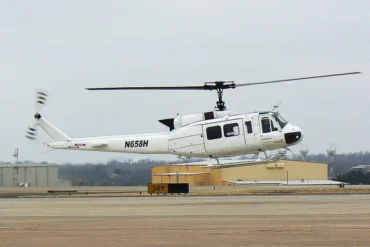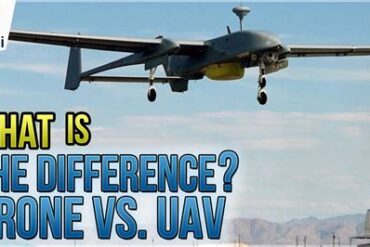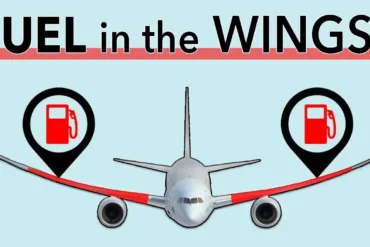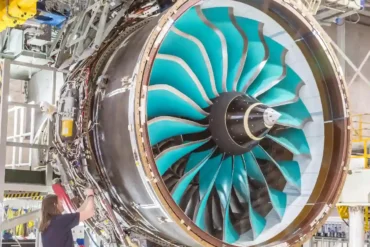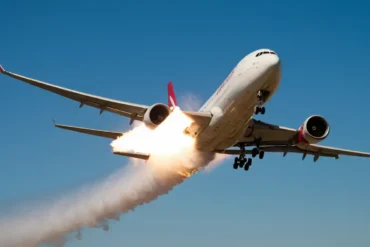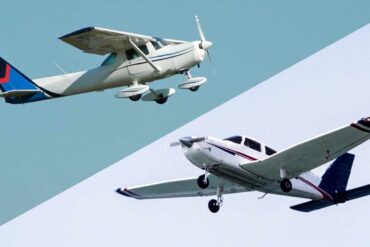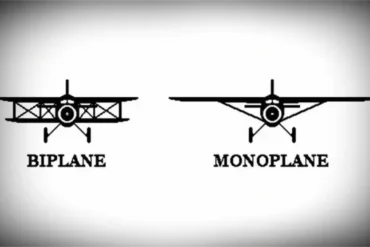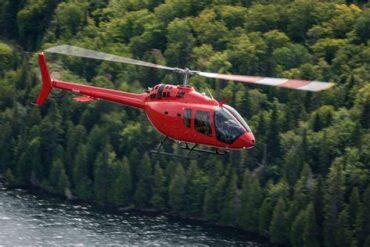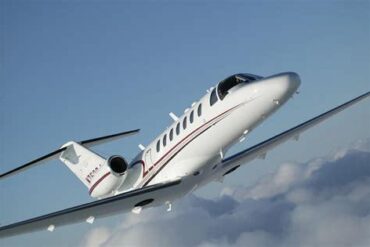Jet fuel is essentially refined kerosene, though the distinction is subtle. In the Korean War era, F-80s, F-84s, and F-86s used JP-1, a straightforward commercial kerosene. From the early 1950s to the 1980s, the USAF employed JP-4, a blend of kerosene and gasoline (wide-cut fuel) with a lower flash point that enhanced performance in Arctic conditions.
The Navy’s fuel of choice is JP-5, closely resembling commercial Jet A fuel but with reduced gasoline content and a higher flash point. This composition makes JP-5 less explosive, deemed safer for carrier operations. Leveraging its safety attributes, JP-5 was also used as a fuel tank purge fluid during major maintenance of USAF fuel tanks.
Regarding fuel tank maintenance, jet fuels have a LEL (lower explosive limit) and UEL (upper explosive limit). Below the LEL, the fuel-air mixture lacks enough vapor to ignite, making the tank safe for maintenance. Similarly, beyond the UEL, there is too much vapor to ignite. For extensive maintenance, life safety factors typically use the LEL to ensure safety.
JP-5 produces a little more smoke than JP-4 but delivers slightly more power from an extended specific impulse. The current USAF standard, JP-8, closely resembles commercial Jet A fuel and European Jet A-1. Standardizing jet fuels stems from the considerable expense of producing specialized variants with only marginal differences.
In modern commercial jets, advances in metal technology enable low-smoke or smoke-free engines by accommodating higher burn temperatures. Unlike old gasoline engines, jet engines are less discerning about fuel types and mixtures, with no need for octane additives. Their efficiency is shown by exhaust carbon monoxide levels below 0.05%.


